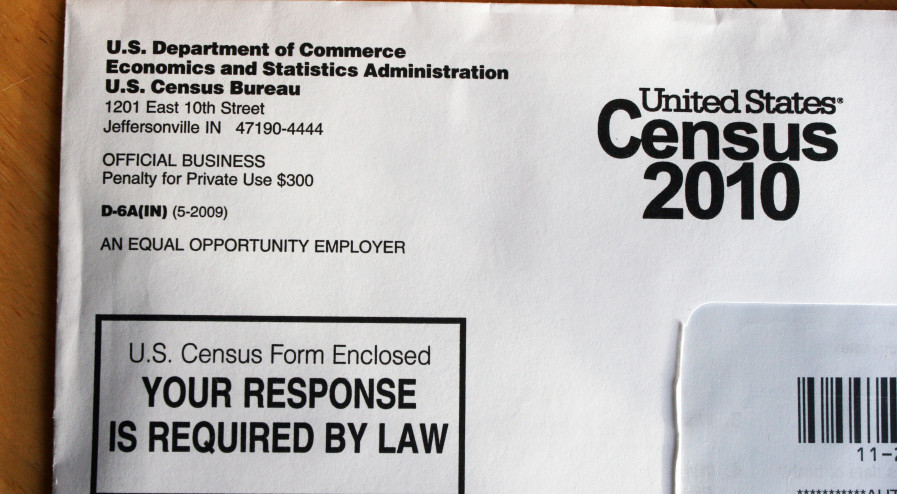Sacramento’s Mexican genealogists trace their roots to Aztec empirePosted in Anthropology, Articles, Caribbean/Latin America, History, Latino Studies, Media Archive, Mexico, United States on 2016-04-12 01:29Z by Steven |
Sacramento’s Mexican genealogists trace their roots to Aztec empire
The Sacramento Bee
Sacramento, California
2016-04-10
Highlights
- Mexican Americans use Catholic Church records, other documents to map family roots
- Some trace family history to Aztecs, colonial Mexico
- Interest in Mexican family histories is growing as Latinos become biggest group in California
Maria Cortez dug deep into Catholic Church records and family histories and struck gold.
The retired state-worker-turned-genealogist managed to trace her roots back to two of the most famous figures in Mexican history: Miguel Hidalgo, who declared independence from Spain in 1810 with “el grito de Dolores,” and the Aztec emperor Moctezuma II. “You’d be amazed; I think everyone has fascinating stories to be discovered,” said the 55-year-old, who co-founded the Sacramento-based Nueva Galicia Genealogical Society, thought to be the oldest Mexican genealogical club in California.
Cortez and 20 other Mexican Americans with roots in the states of Jalisco, Zacatecas and Aguascalientes gathered Saturday at the Sacramento Family History Center for the club’s quarterly meeting, scanning church records, Mexican census data and border-crossing information to excavate secrets of the past. Interest in exploring Mexican roots is surging, now that Latinos are the state’s largest ethnic group, genealogy TV shows are hot and DNA research is becoming more exact, Cortez said.
Mexican Americans can trace their DNA to as many as five continents, said Cortez, who was born in Guadalajara, Jalisco.
As thrilled as she was to learn that Hidalgo was her seventh cousin four times removed, and that evidence shows Moctezuma was her 12th-great-grandfather, Cortez was shocked to learn the blood of a dozen nations flows through her veins. She said DNA tests show she’s not only 41 percent Native American and 30 percent Iberian, but also 2 percent North African, a little less than 1 percent Bantu from southeastern Africa, 4 percent west Asian, 3 percent Middle Eastern, 1 percent European Jewish, 9 percent Greek and Italian, 5 percent Irish, another 5 percent from Great Britain, along with some roots in southern and central Asia and northwestern Russia.
“We’re the most mixed race in the world, and I’m a child of the world,” said Cortez, noting that other club members have made similar discoveries after researching their DNA. “In Mexico, you’re not taught about slavery, but slavery existed there. … They didn’t disappear. They married and mixed in with the rest of the population, so a lot of us have African ancestry.”…
Read the entire article here.


